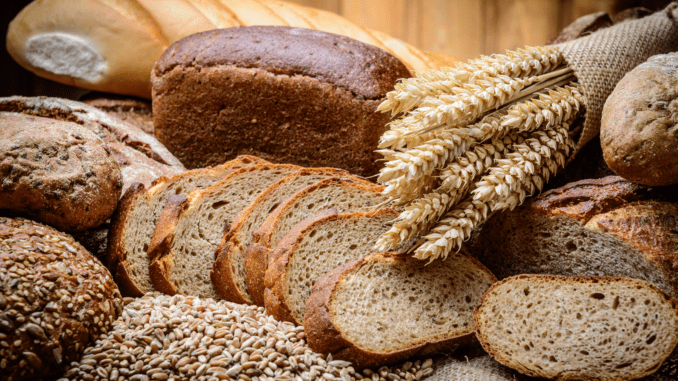

Over the past decade increasing numbers of Canadians are shopping for or requesting gluten-free food at their local restaurants. The global market for gluten-free products is estimated at $17.59 billion USD and growing.[1] There are more gluten-free options now and they taste better than ever. The gluten-free diet (GFD) has become popular, especially with celebrities, and is sometimes even combined with other diets such as keto and flexitarian as a lifestyle – a way to eat healthier. “I’m trying to cut down my carbs,” is often what you’ll hear people say.
Perhaps you have experienced gas, bloating or some other digestive issue after eating some pasta or bread. You decided to give the GFD a try and you feel a bit better. You eliminated breads, pastas, crackers, and cereals. That should be it, right? Maybe not.
What if we told you could have an underlying lifelong autoimmune disease? Could it be celiac? Celiac disease is a genetic autoimmune condition where your body sees gluten as an invader and your body’s immune system fights back to destroy the gluten protein which is found in ingredients with wheat, barley or rye. Overtime, this immune reaction damages the villi, small finger-like projections that line your small intestine and promote nutrient absorption. When the villi get damaged, nutrients cannot be properly absorbed into your body. This can lead to a wide variety of complications and symptoms.
But then isn’t going off gluten a good thing? Current research tells us that there is no correlation between symptoms and intestinal damage. Many minor symptoms of the disease go uninvestigated. The longer you have damage, the more risk you have for developing serious long term health complications. Long term exposure to gluten increases your risk for bone loss, thyroid disease, neurological problems, infertility, and even certain types of cancer.
One percent (1%) of the world has the disease yet only 15% have been diagnosed. The reason so many people go undiagnosed is because of the popularity of the GFD. Millions of people simply go gluten free. But if you have celiac disease, there is no cheating, no morsel, no “just one slice of pizza.” You also might be surprised that gluten is in a lot of products. It’s in sauces, dressings, candy, seasonings, and much more. When you go to a restaurant, gluten-friendly doesn’t cut it. For a person with celiac disease, the gluten-free diet is strict, lifelong, challenging to follow and expensive.
To confirm a diagnosis of celiac disease you need to be eating gluten. If you stop eating gluten, your gut starts to heal. Wouldn’t you like to know if you really need to avoid gluten for the rest of your life?
Gone gluten free already? Visit the Canadian Celiac Association and learn how to prepare for the tests. Hint: you will need to eat gluten again for the testing. There is some good news. If you do have celiac disease and caught it relatively early, your long-term prognosis to live a healthier life is good! If you don’t have celiac disease, you may still have a gluten intolerance or a related condition that should be thoroughly investigated.
If you are all clear and you can eat still eat gluten, lucky you! Ingredients like wheat, rye and barley have important nutrients such as magnesium, B6, iron, potassium and fibre which are necessary for maintaining good health. The GFD is expensive, and many packaged gluten-free products are highly refined, contain additional sugar and other additives to make them taste good which are not ideal for your nutritional health.
May is Celiac Disease Awareness Month and we encourage you to understand your risk for a lifelong autoimmune disease. Visit the www.celiac.ca and take our Symptom Check Quiz and learn about your risk factors for the disease.
So, if you are just going gluten free – think twice and stop. Learn if you have a serious lifelong condition and get onto a path of better health.
Submitted by Melissa Secord, Executive Director, Canadian Celiac Association
www.celiac.ca
[1] Gluten-Free Products Market Size Report, 2022-2030 (grandviewresearch.com)
